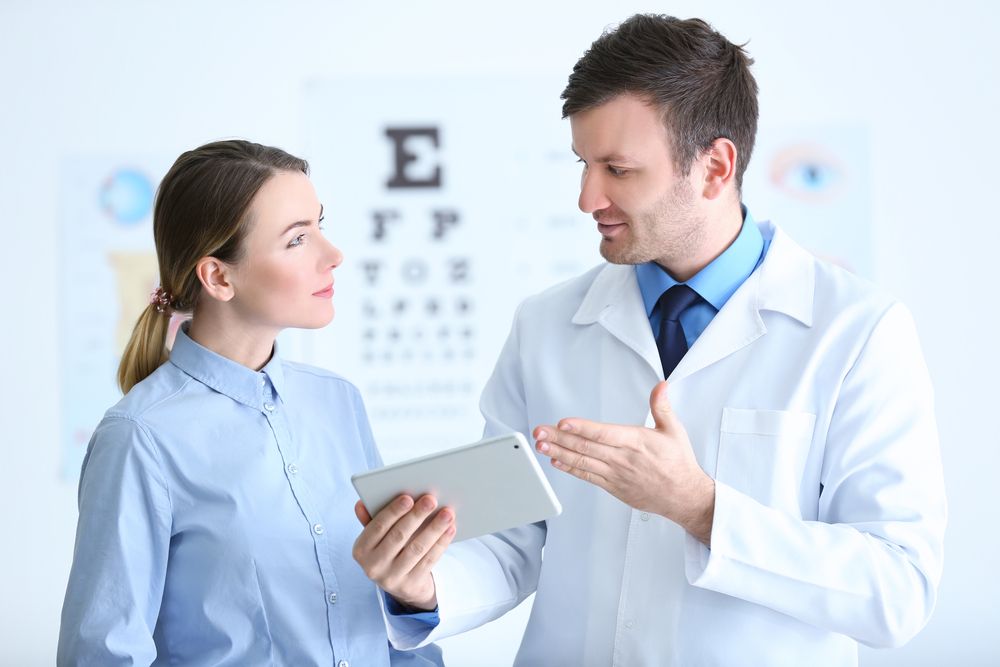
Comprehensive eye exams are for more than just determining how clearly you can see without using prescription lenses. They are also carried out in order to check the overall health of your eyes and to see if you are at risk of developing any of the spectrum of eye diseases that can affect us during our lifetime. Some of these eye diseases and conditions include the following:
Cataracts
Macular degeneration
Glaucoma
Keratoconus
Conjunctivitis
Dry eye disease
Binocular vision disorder
Pterygium
Diabetic retinopathy
Retinal detachment
Although not all of these conditions are serious, they can have a significant impact on your day to day ability to use your eyes and see clearly. Some of them can even lead to irreversible blindness if they aren’t diagnosed and treated promptly. It is for this reason that all patients, no matter their age, location, and gender, are recommended to attend a comprehensive eye exam at least once every two years. Your eye doctor may also decide that you need to be monitored more frequently, and as a result, should attend at the intervals recommended to you.
If you haven’t been for an eye exam in a while, chances are that you may not be fully aware of all of the different elements involved. Here’s what you need to know about some of the key parts of a comprehensive eye exam.
Consultation
This part of your comprehensive eye exam is an informal discussion with your eye doctor so that you can let them know how good you feel that your vision is and raise any concerns that you may have with them. They may ask you a range of questions about your lifestyle and habits which will help them to develop a ‘bigger picture’ about your overall health.
Visual acuity testing
Most people are familiar with visual acuity testing, which is carried out using a chart of letters held at a distance which you are asked to read. You will also be asked to read off of a page held in front of you at the same distance as a book. This test will tell your eye doctor how well you can see at different distances and whether you need to wear prescription lenses in order to help you to see more clearly.
Visual field testing
This simple test is carried out to evaluate your peripheral (side) vision. This is important since some eye diseases, like glaucoma, tend to affect your peripheral vision first and this test will be used to detect if any of these diseases have compromised this section of your sight.
Tonometry
A tonometry test is used to check the level of pressure inside your eye – something which is also affected by glaucoma. This painless test takes just a few seconds and can prevent the irreversible damage to your sight which occurs if you suffer from glaucoma.
Slit-lamp exam
An important part of your eye exam is your eye doctor’s ability to visualize the internal and external structures that make up your eyes, including the optic nerve, conjunctiva, iris, lens, and cornea. To do this, they use a tool called a slit lamp. By examining the eyes for any abnormalities to these structures, it enables them to detect early and progressive signs of eye health problems including cataracts, macular degeneration, glaucoma, conjunctivitis, and retinal detachment.
For more information about what happens during a comprehensive eye exam, or to schedule yours with our experienced team, please call us today at (603) 763-7302.






